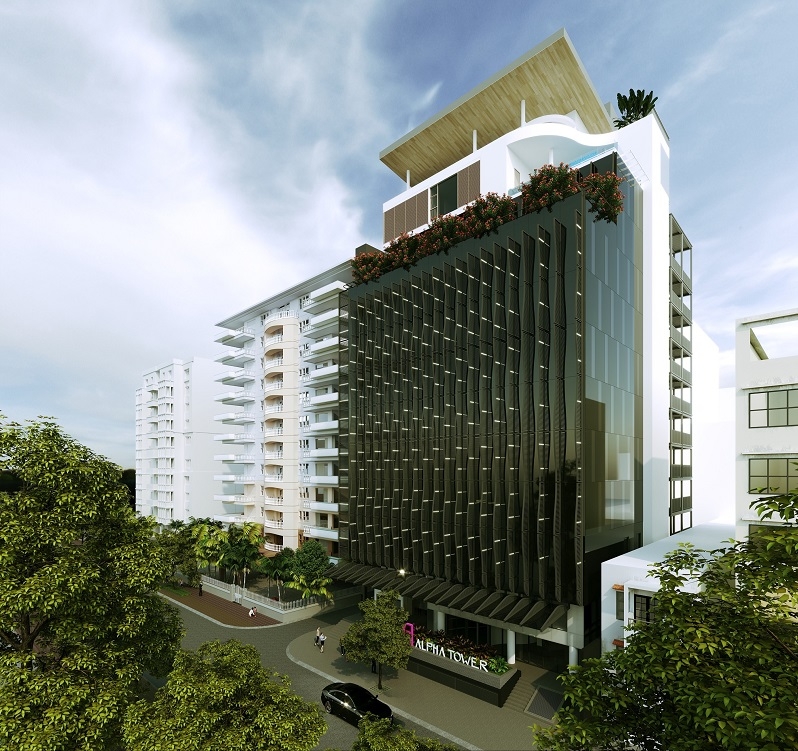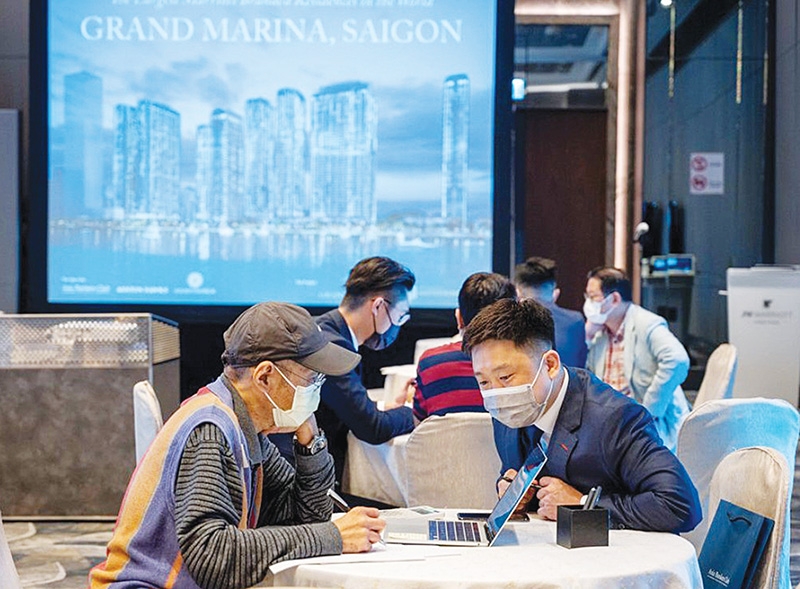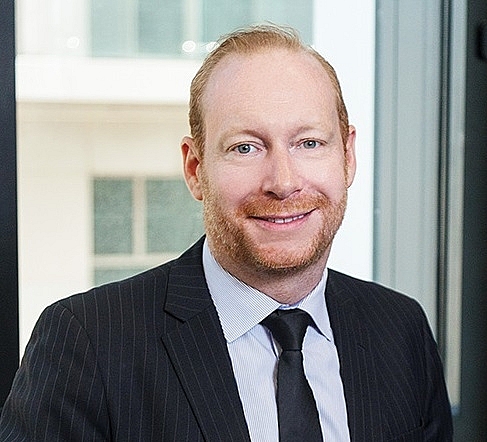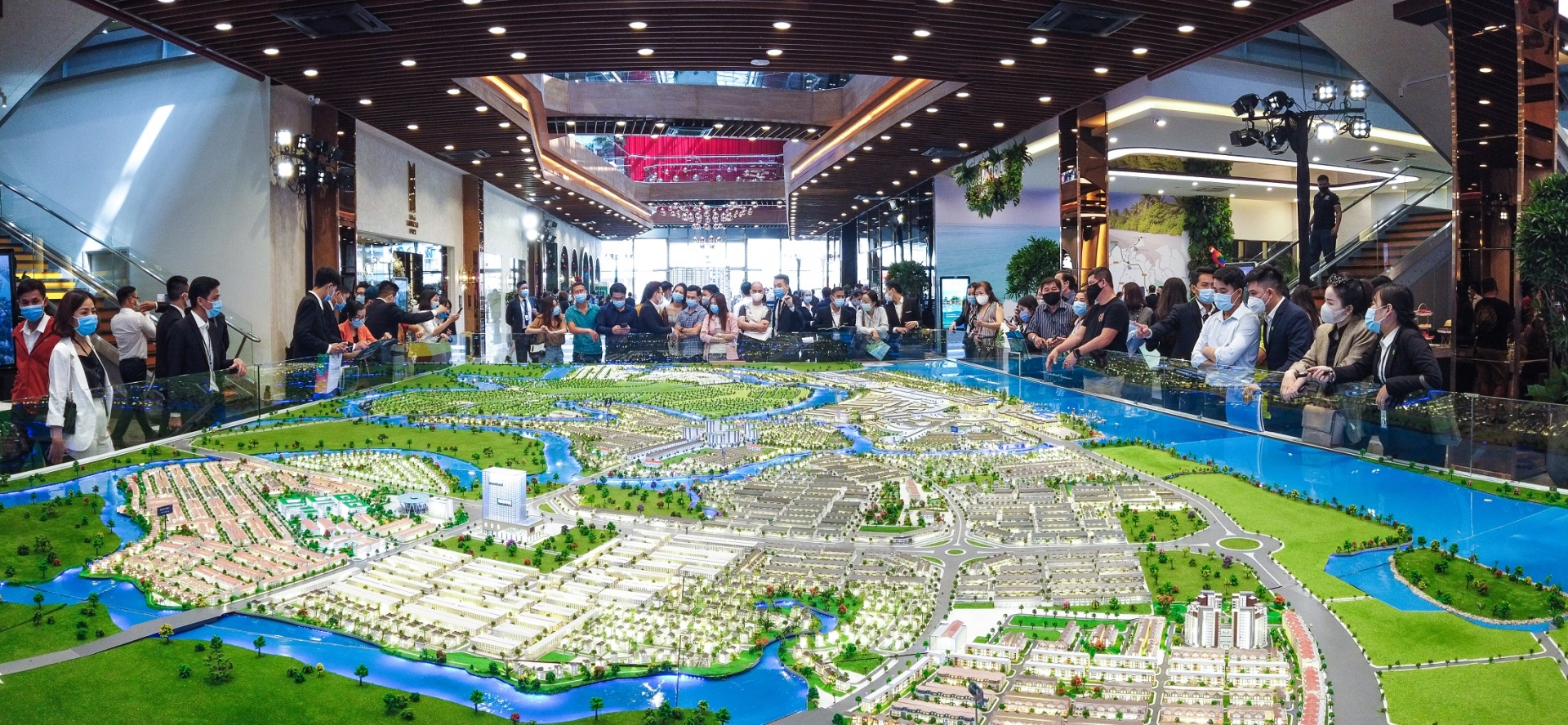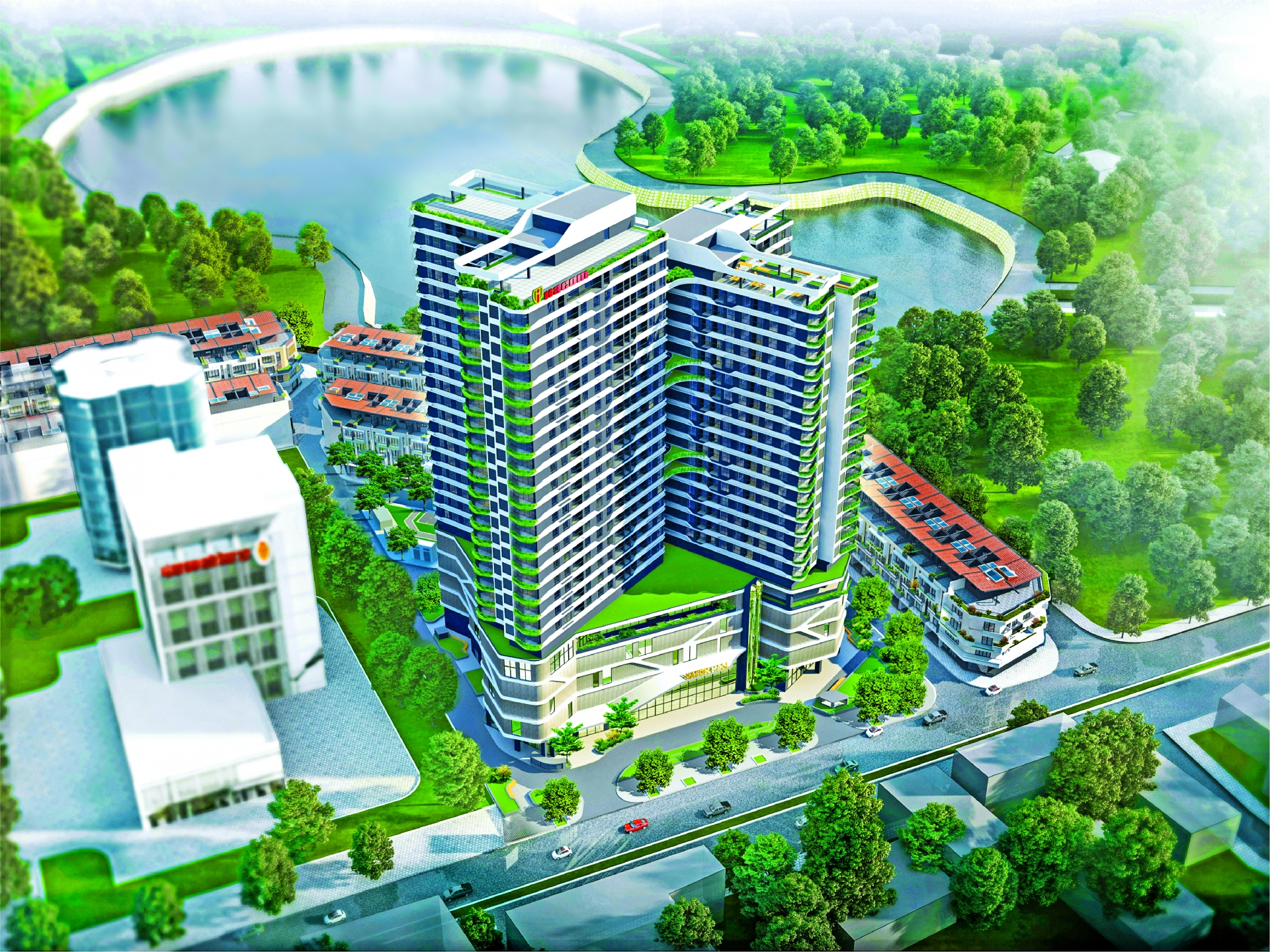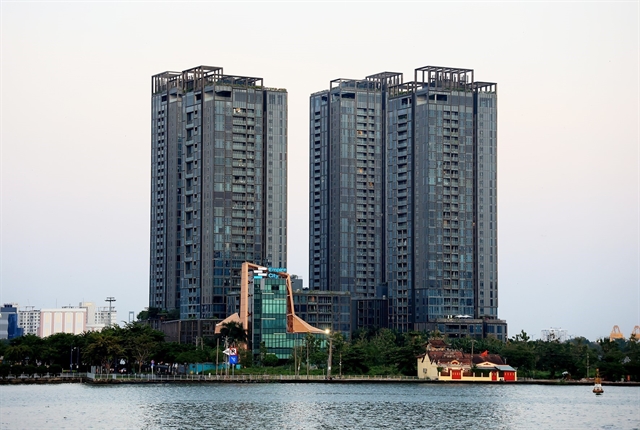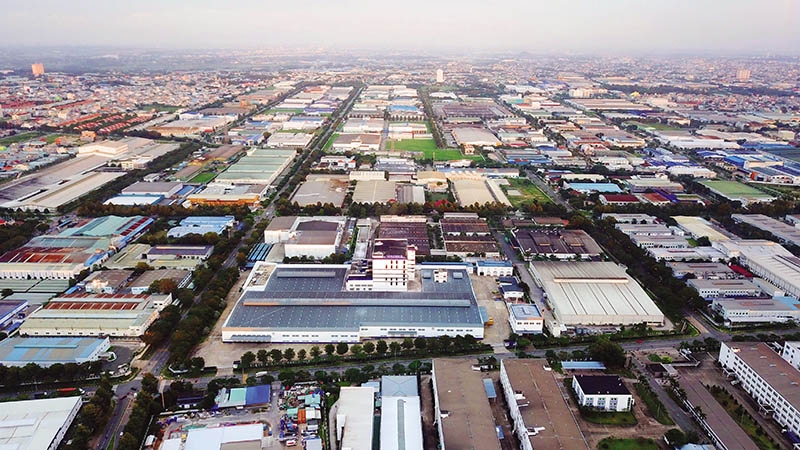Novaland land fund strategies underpin successes
Through mergers and acquisitions, a thorough approach to secure a diversified portfolio, and a large bank of land, real estate developers can navigate through many of the pandemic-induced challenges and gain an upper hand in providing top-notch products.
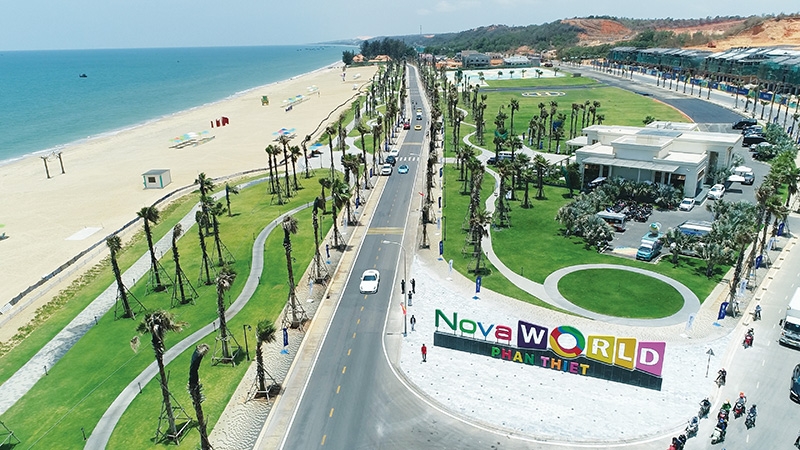
Novaland is one of the most prominent brands portraying themselves as big land hunters. At its annual general shareholders’ meeting, Bui Xuan Huy, CEO cum member of the Board of Nova Group, which owns Novaland, said that in the first quarter of this year, Novaland recorded a land fund of 5,400 hectares with gross development value of nearly $45 billion.
From its first Ho Chi Minh City project, Sunrise City in District 7 back in 2008, Novaland has successfully bagged 10 large-scale tie-up deals with a wide network expanding across the country, particularly in the south. As one of the largest property developers in the country with international expertise and deep knowledge of the domestic market, Novaland is continuing to write its chronicles with best-in-class real estate projects in Vietnam.
Meanwhile, the collaboration via mergers and acquisitions (M&A) continue to play a central role in Novaland’s business strategy, laying a firm groundwork for the developer to access more prime locations.
Following its plan towards 2025, Nova Group has ramped up its efforts to expand satellite urban areas, second homes, and high-end tourism, resorts, and integrated entertainment complexes. After 2025, the group will focus on four key businesses – real estate, infrastructure, services, and tourism to provide added value to its residential community.
From 2018 onwards, Ho Chi Minh City’s real estate landscape has gradually run out of supply, with stricter regulations and other headwinds forcing developers to rethink their long-term trajectories.
Novaland, on the other hand, could gain an upper hand by capitalising on its variety of high-end mega complexes, illustrated with projects like NovaWorld Phan Thiet in the south-central province of Binh Thuan, NovaWorld Ho Tram in the southern province of Ba Ria-Vung Tau, and Aqua City in the southern province of Dong Nai.
Nguyen Thai Phien, deputy CEO of Novaland, noted that the developer relies on M&A deals, and acquires land sites from other investors to secure a unique growth and development approach. Phien said, “From our experience, some essential substance must be considered in a deal’s execution, including financial capacity and efficiency, the ability to increase land funds – especially prime locations – and a synchronised transport infrastructure to enhance logistical capacity.”
Enthusiastic developers could have different ideas exploring M&A opportunities. The execution of M&A in real estate market is not easy, however.
The NovaWorld Phan Thiet entertainment and tourism complex is a premier second home product consisting of resort houses and villas offering favourable geographic conditions and plentiful natural endowments. However, despite its potential, the project has been long delayed.
After acquiring the formerly-named Ocean Valley, Novaland utilised its financial might to revitalise the project. Located on 1,000ha, NovaWorld Phan Thiet boasts azure seas, breathtaking beaches, hills of golden sand, and a long history related to the ancient Champa culture.
NovaWorld Phan Thiet boasts access to the Ho Chi Minh-Long Thanh-Dau Giay expressway, as well as to railway, an airport, and a tourism port for 3,000-5,000 visitor vessels. The $5-billion project integrates hundreds of world-class facilities with a specialised healthcare centre for the elderly, retirement villages with nursing services, and a general hospital system cooperating with international partners in healthcare services from South Korea, Japan, and Cuba.
Novaland also marks its presence in the market with the luxury real estate project Aqua City, which covers an area of 1,000ha in the eastern part of Ho Chi Minh City.

